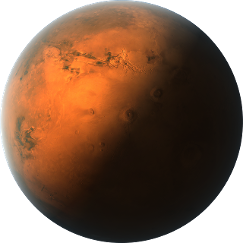

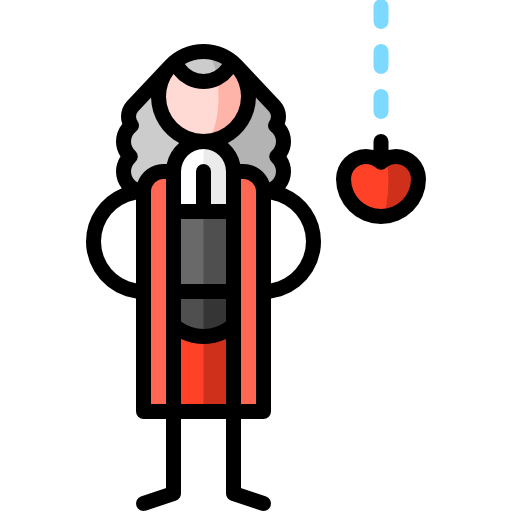



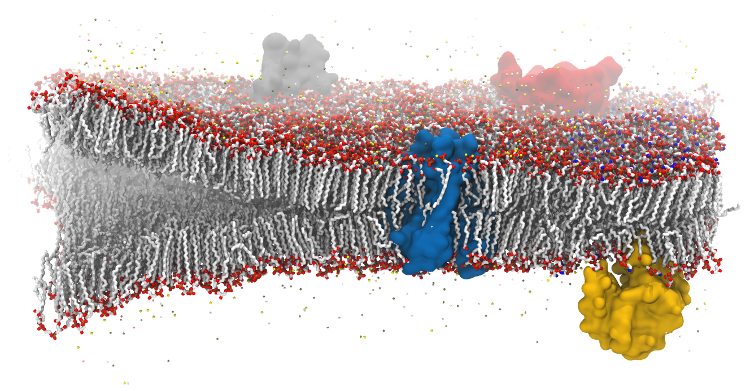


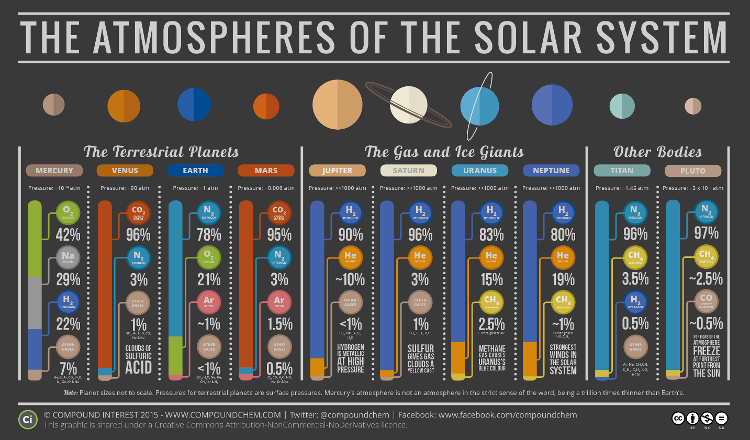
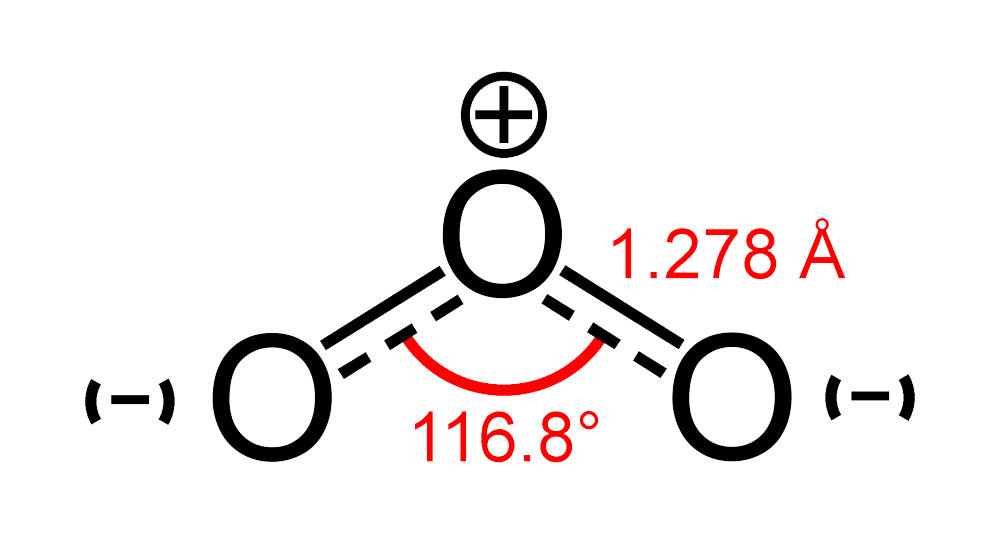
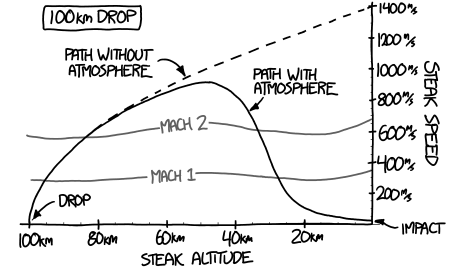
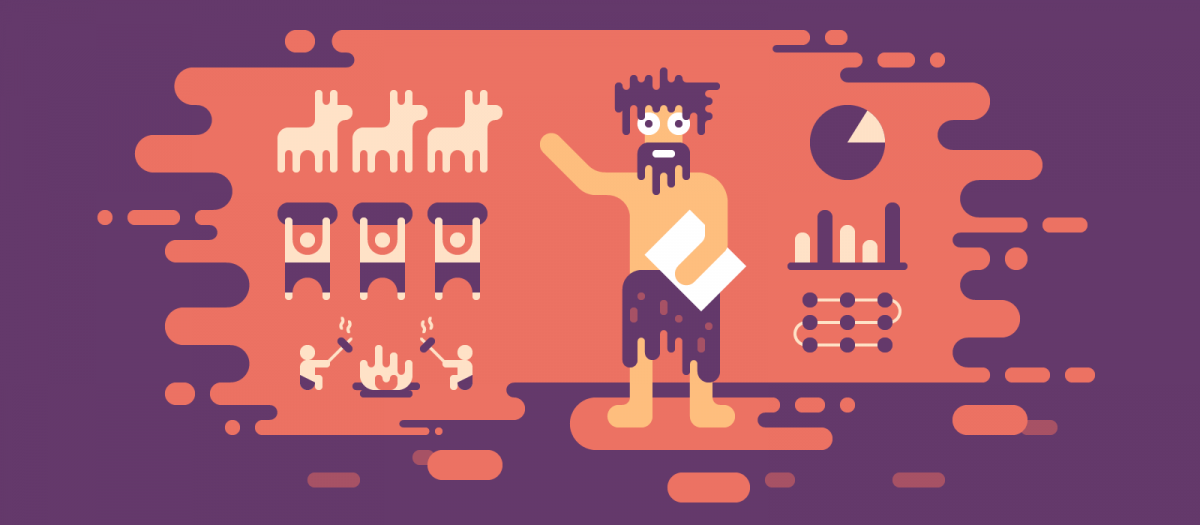
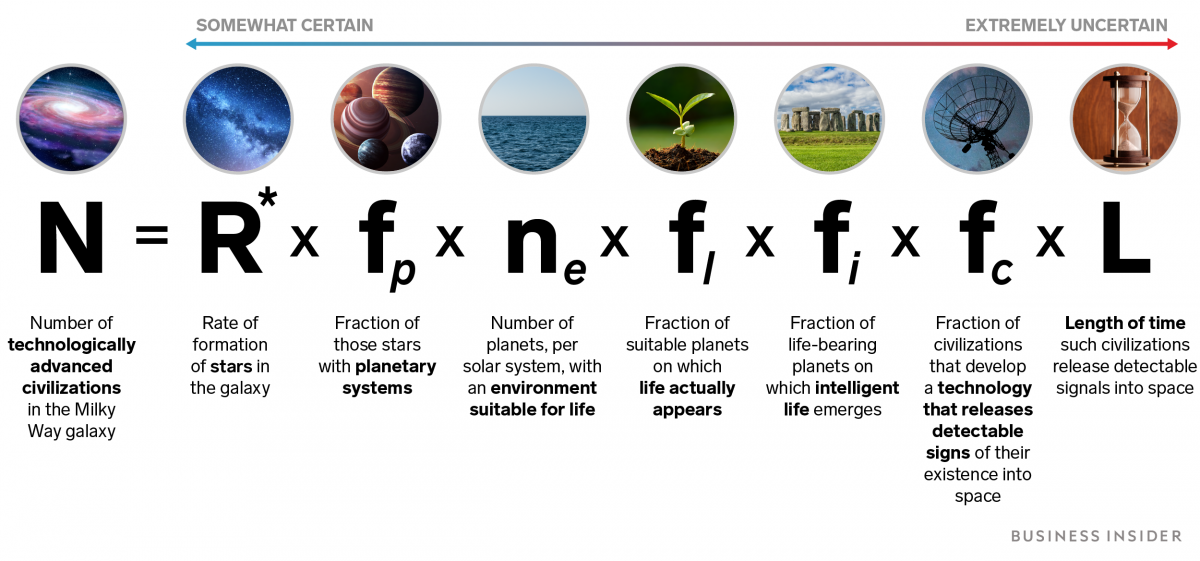

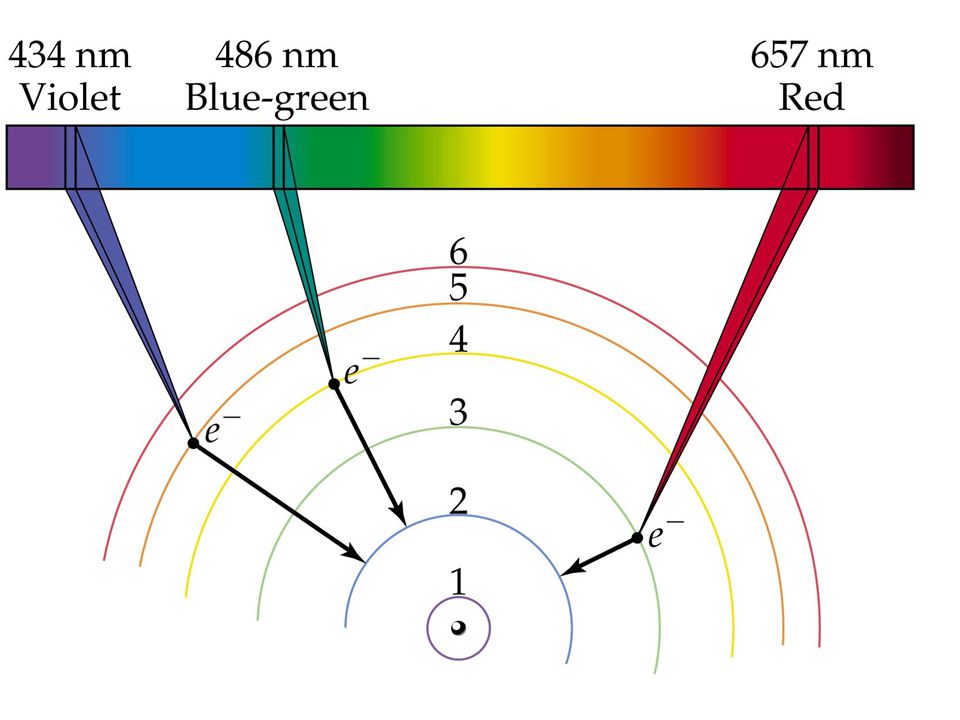
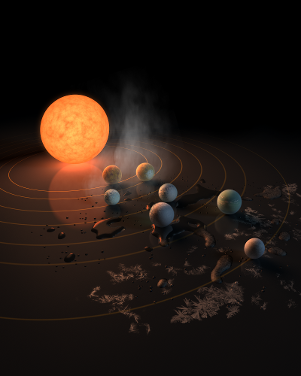


Learning Objective: Today we will delegate team members to topics within the Transit to Mars and then being research. No work will be done on the Martian Biosphere at this time (wait two weeks)...

Learning Objective: Today we will have student led activities about the effect that microgravity has on the human body. Here is a photo of one of our student teams!
Learning Objective: Today we will begin our Mission to Mars by looking at current research being done on the development of self-sustaining human habitats. For more information on the Mission To Mars project, please click this Google Drive link

Learning Objective: Today we will investigate the physiological changes that occur with time spend in microgravity. Our focus will shift from the skeletal system and to the eyes, immune system, and finally the muscular system. See the links below.
Learning Objective: Today we will investigate the physiological changes that occur with time spend in microgravity. Our focus will be on the skeletal system
Activity #2 Links
Homework: Prepare my birthday gift. This is due next Monday, April 8 (I will be 34)...


Learning Objective: Today we will focus on chemical evolution and the RNA World Hypothesis to better understand how life can evolve from heating various atoms...
For those in need of more clarity, here are some resources on Chemical Evolution and RNA World. The image below is a detailed diagram of our cells lipid bilayer

Learning Objective: Today we will begin to uncover how life on earth evolved. To accomplish this task we will be read "The Secret of How Life on Earth Evolved"


Learning Objective: Today we will see how atmospheric gases influence the way a planet looks to an observer and then review the gases from our last lesson.
Click here for the NASA Exoplanet Travel Bureau
Click here to learn how humans actually breathe

Learning Objective: Today we will learn about how atmosphere contributes to the habitability of a planet. We will focus specifically on the role of oxygen (O2, CO2, O3, H20).
Click here for the Do Now ptable link.

Learning Objective: Today we will learn why atmospheric pressure is important for making a planet habitable. We will also investigate how the human body responds to an increase in atmospheric pressure.
Homework: As an option, see if you can learn "Why Big Stuff Cools Off Slower Than Small Stuff." Click here for the WIRED article.
Learning Objective: Today we will learn what an atmosphere is and how a planet acquires an atmosphere.
Homework: Please complete Activity #2 if not finished in class.

Learning Objective: Today we will continue our work from the previous lesson and focus on effectively researching and communicating scientific in a visual format.

Homework: Have posters ready for publication by last class of this week. Thanks!
Learning Objective: Today we will be creating a visual display that explains how life increased in size and complexity in order to explain the gap between fl and fi.
Homework: Same optionas Lesson #8.
Learning Objective: Today we will look at the limitations of the Drake Equation and factors that affect the numerical value of N. We will cover L and for more information...Click here!
(Go to time 16:47 for that link)
Activity #2: The Dark Forest
Homework: As an option, you can answer the question in green from Activity #1.
Learning Objective: Today we will look at the limitations of the Drake Equation and factors that affect the numerical value of N. We will cover R*, fp, and fn today.

Homework: Complete Activities # 2 and 3 by Wednesday.
Learning Objective: Today we will finish our analysis of the habitability of different classes of stars. In addition we will learn why different elements emit different wavelengths of light by using the basic principles of quantum physics and a rope.

Homework: Come prepared to discuss the Carl Sagan reading on Friday and share out the answers from Lesson #3 to review the evolution of stars.
Learning Objective: We will spend the next two classes finishing our analysis on the habitability of different classes of stars before moving onto the importance of...to be announced!
Click here for today's lesson
Homework: Continue the Carl Sagan reading due on Friday.
If you want, feel free to check out how Quantum Mechanics works!

Learning Objective: Today we will learn about the different classifications of stars and how they influence a planet's habitability. In order to demonstrate how high mass stars reduce habitability, we will look at how UV light affects our DNA.
Homework: Continue to read the Carl Sagan chapter and finish ONLYActivity #1 from today's lesson. For more information on the Integumentary System, click here.
Learning Objective: Today we will learn about the different classifications of stars and how they influence a planet's habitability. Our focus will be on stellar evolution (the star's life cycle).
Homework: Carl Sagan reading is due next Friday and explore links posted for Lessons #1 and #2 if they interest you
If anyone would like to learn more about supernovae, this is a great online journal
Learning Objective: Today we will learn what astrobiology is and assess our prior knowledge on the conditions necessary for life to exist on a planet (habitability).
Homework: Order the book "Packing for Mars" by Mary Roach. Complete the Carl Sagan reading by Friday, February 8th...

In this unit, we will learn what conditions are needed within a solar system in order to produce a habitable planet. Once we accomplish this we will then investigate how we are searching for life in the Cosmos and look at the work of Carl Sagan...
